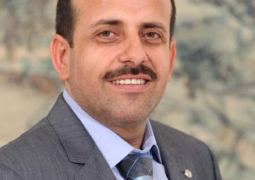A child or adult suffering from malnutrition is medically perceived as ill, and particularly in a child, malnutrition are much more fundamentally caused by poverty, or man-made and natural calamities.
Except in the case of micro-nutrient deficiency or eating disorders, such conditions cannot be exclusively addressed by medical interventions. Proteins, energy and malnutrition, which affects around 150 million young children in the world, 20 million of them seriously, is virtually unknown or middle class households. A sufficient supply of food in the storeroom is no guarantee that there will be no malnutrition, as with water supply, a great deal depends on usage and behaviour.
However, it is certainly the case that sufficient food in the household is an essential precondition of good family nourishment. Food is the most significant item on any family's budget. Food ranks even above shelter, as is demonstrated by the fact that in such tragedy-prone countries as Ethopia, Mozambique and Somalia, families abandon their homes in times of famine to go to the nearest town or main road in search of something to eat.
Access to land to grow food, or in the case of the landless or poor urban dwellers, the realisation of income by selling labour or trading so as to buy food is the survival priority. In semi-subsistence economies, all members of the family become part of its food-earning workforce almost as soon as they can walk.
In many
societies, the breadwinner role, interpreted as provider of basic food, has by
no means always or even primarily been male. Half the world's food supply is
cultivated by women; in
In parts of
Women folk
and girls also grow vegetables and fruits, milk cattle and keep poultry. In the
country side, at least in places where women are not secluded, they also barter
and sell surpluses from their plots in the market. From the money they earn,
they support the household with other necessities. In the towns, they often
support the household by trading in food or other items. Women dominate the
markets of coastal
UNICEF-
assisted studies,
According to this strategy, hunger and malnutrition in women and children should be seen as the treatable symptoms of a situation that has immediate underlying and basic causes - all of which need to be addressed. Many of the underlying causes are eliminated by gender analysis, which reveals an unequal distribution of food especially good foods - within the family in favour of males, often based on ignorance and cultural prejudice.




